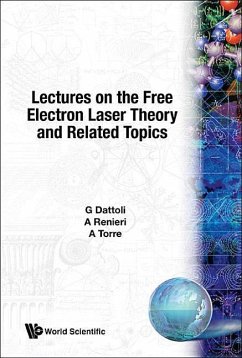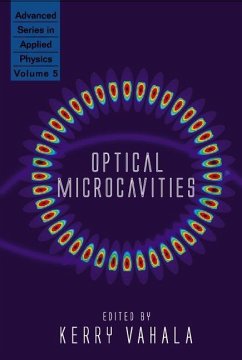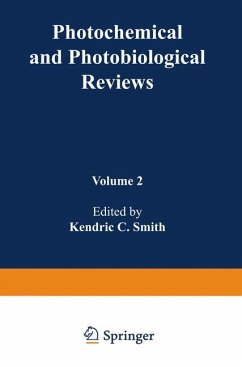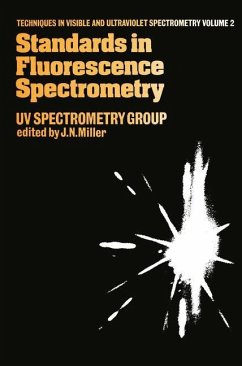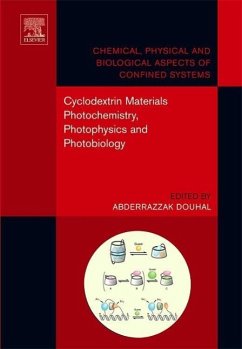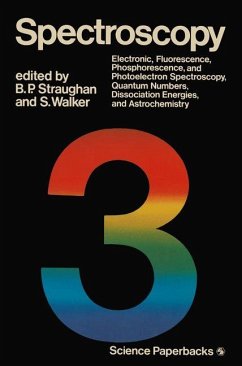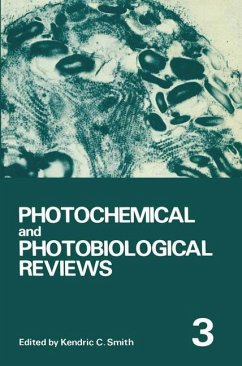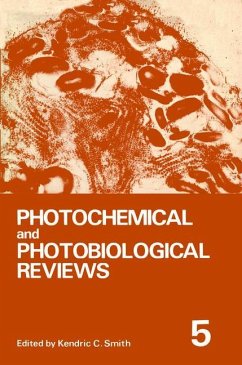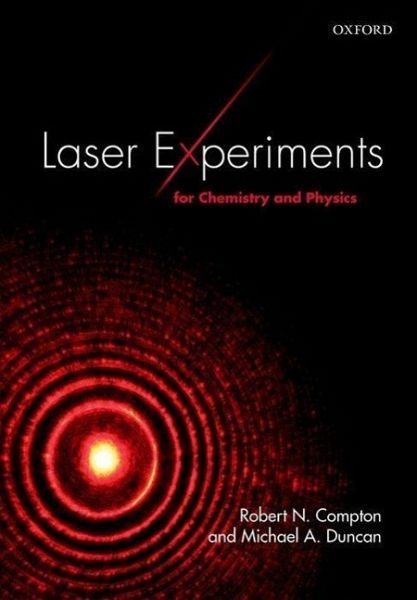
Laser Experiments for Chemistry and Physics

PAYBACK Punkte
48 °P sammeln!
Lasers are employed throughout science and technology, in fundamental research, the remote sensing of atmospheric gases or pollutants, communications, medical diagnostics and therapies, and the manufacturing of microelectronic devices. Understanding the principles of their operation, which underlie all of these areas, is essential for a modern scientific education. This text introduces the characteristics and operation of lasers through laboratory experimentsdesigned for the undergraduate curricula in Chemistry and Physics. Introductory chapters describe the properties of light, the history of...
Lasers are employed throughout science and technology, in fundamental research, the remote sensing of atmospheric gases or pollutants, communications, medical diagnostics and therapies, and the manufacturing of microelectronic devices. Understanding the principles of their operation, which underlie all of these areas, is essential for a modern scientific education. This text introduces the characteristics and operation of lasers through laboratory experiments
designed for the undergraduate curricula in Chemistry and Physics. Introductory chapters describe the properties of light, the history of laser invention, the atomic, molecular and optical principles behind how lasers work, and the kinds of lasers available today. Other chapters include the basic theory
of spectroscopy and computational chemistry used to interpret laser experiments. Experiments range from simple in-class demonstrations to more elaborate configurations for advanced students. Each chapter has historical and theoretical background, as well as options suggested for variations on the prescribed experiments. The text will be useful for undergraduates students in advanced lab classes, for instructors designing these classes, or for graduate students beginning a career in laser
science.
designed for the undergraduate curricula in Chemistry and Physics. Introductory chapters describe the properties of light, the history of laser invention, the atomic, molecular and optical principles behind how lasers work, and the kinds of lasers available today. Other chapters include the basic theory
of spectroscopy and computational chemistry used to interpret laser experiments. Experiments range from simple in-class demonstrations to more elaborate configurations for advanced students. Each chapter has historical and theoretical background, as well as options suggested for variations on the prescribed experiments. The text will be useful for undergraduates students in advanced lab classes, for instructors designing these classes, or for graduate students beginning a career in laser
science.




